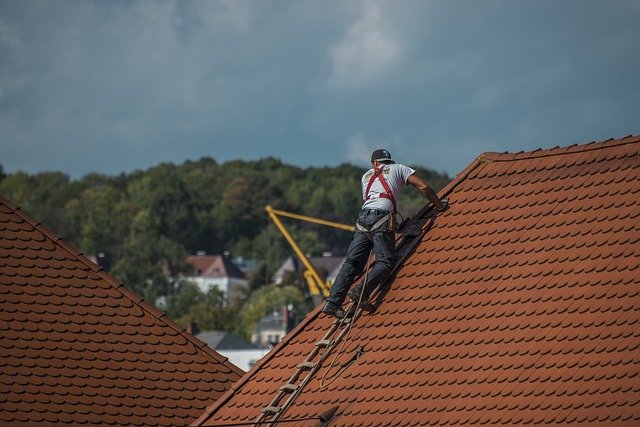Foundation Repair: How to Address House Cracks and Wall Movement
A solid foundation is essential for a safe, stable home. Many homeowners notice small changes — a hairline crack in plaster, a door that sticks, or a slight slope to a floor — and wonder whether those signs point to a serious foundation problem. This article explains common causes, how to recognize patterns of damage, typical repair options, and steps to reduce future movement so you can make informed decisions about your house and walls.

What causes foundation problems in a house?
Foundation issues usually stem from forces acting on the soil that supports the foundation. Expansive clay soils swell when wet and shrink when dry, creating movement beneath slabs and footings. Poorly compacted fill from construction, inadequate drainage, leaking water lines, and tree roots extracting moisture can all change soil conditions. Freeze-thaw cycles in colder climates and seismic activity are other potential causes. Some problems originate from construction defects such as undersized footings, inadequate reinforcement, or poor concrete curing. Understanding the underlying cause helps determine the appropriate repair.
How to spot cracks in walls and foundation?
Not all cracks are equal. Vertical hairline cracks in drywall or concrete commonly result from normal settling and seasonal moisture shifts. Stair-step cracks in brick mortar, wide horizontal cracks in foundation walls, or large offsets (where one side of a crack is higher than the other) suggest more significant movement. Other signs include doors and windows that no longer latch properly, gaps between walls and ceilings or floors, sloping or bouncy floors, and water intrusion in basements or crawlspaces. Photographing cracks and noting changes over time can help a professional assess whether movement is active.
When to repair foundation in your home?
Repair becomes important when cracks indicate structural distress, water is entering the home, or movement is ongoing. Emergency situations include visible buckling walls, large horizontal wall cracks, sudden door or window failures, or rapid new settlement. Small, stable vertical cracks may only need monitoring and cosmetic repair, while active movement requires intervention to prevent further damage. A foundation inspection by a qualified structural engineer or experienced foundation contractor can establish severity, likely causes, and an appropriate timeline for repair.
Common foundation repair methods for houses
Several established repair techniques address different problems. Underpinning with driven steel piers, helical piers, or push piers transfers load to deeper, more stable soils and is commonly used where settlement is ongoing. Slabjacking (mudjacking or polyurethane injection) lifts sunken concrete slabs by filling voids beneath them. Wall anchors and tiebacks stabilize bowed or leaning basement walls by tying the wall to stable soil away from the house. Carbon fiber straps and steel reinforcement can strengthen cracked or bowed walls without excavation. Crack injection with epoxy or polyurethane can restore concrete strength and seal leaks, but typically is used alongside measures that correct the root cause. Each method has trade-offs in cost, invasiveness, and suitability for particular soils and damage patterns.
Preventing future cracks and protecting your home
Prevention focuses on controlling moisture around the foundation and reducing stress on supporting soils. Grade the landscape to slope away from the foundation, keep gutters and downspouts clear and extended to discharge water several feet from the house, and maintain consistent soil moisture near the foundation (especially in expansive clay areas) with soaker hoses during dry spells. Avoid planting large trees too close to the foundation and monitor irrigation systems and plumbing for leaks. Regular inspections of basements, crawlspaces, and exterior walls can catch small issues before they worsen. In older homes, consider periodic evaluations by a structural professional to assess long-term risk.
Conclusion
Foundation issues range from benign, cosmetic cracks to serious structural failures. Identifying the type and pattern of cracks, understanding local soil and drainage conditions, and consulting qualified professionals are key steps to protect a home. Repair solutions exist for most problems, but applying the right method depends on accurate diagnosis of the cause and the current rate of movement. Regular maintenance and moisture control are effective measures for reducing the likelihood of future foundation-related damage.






